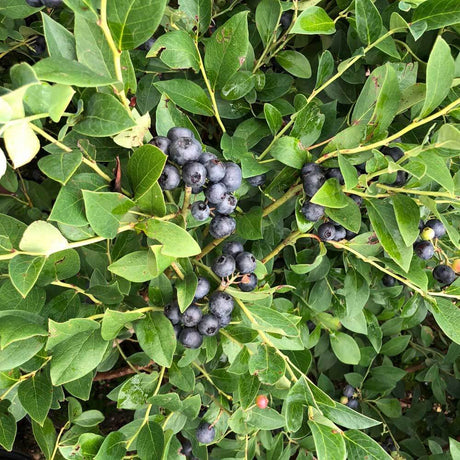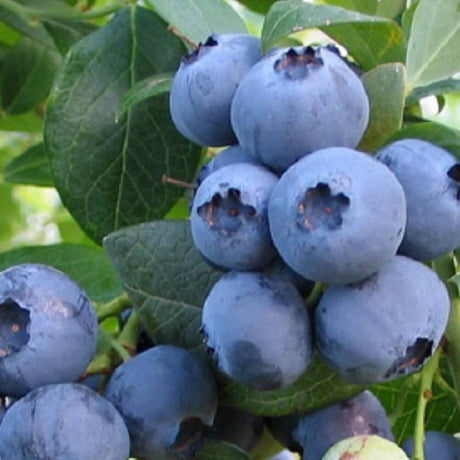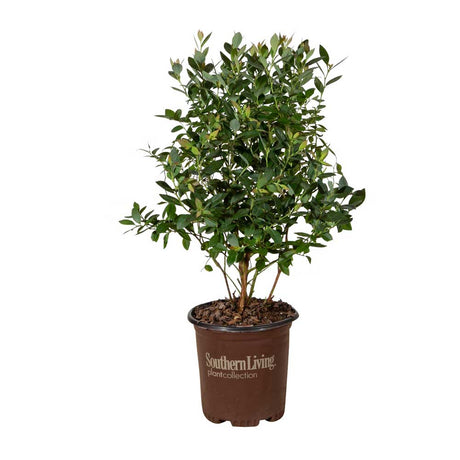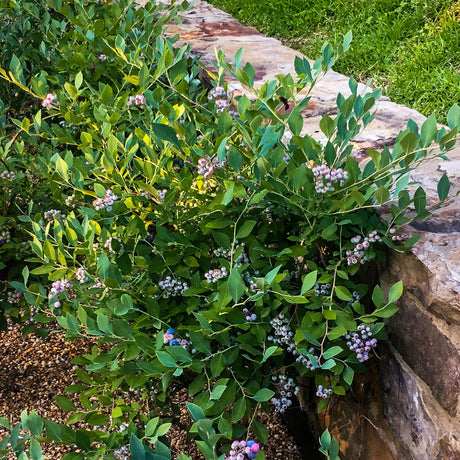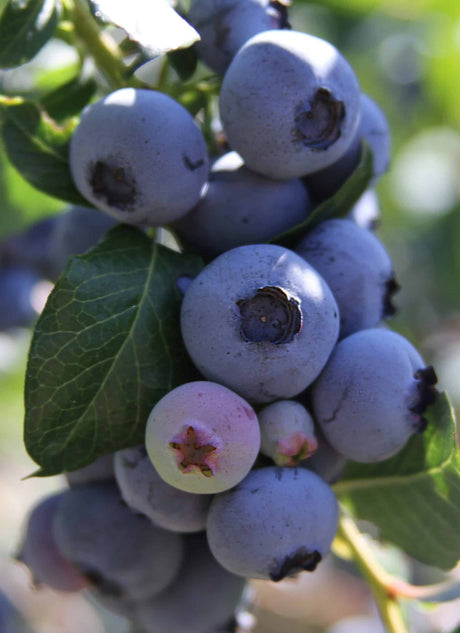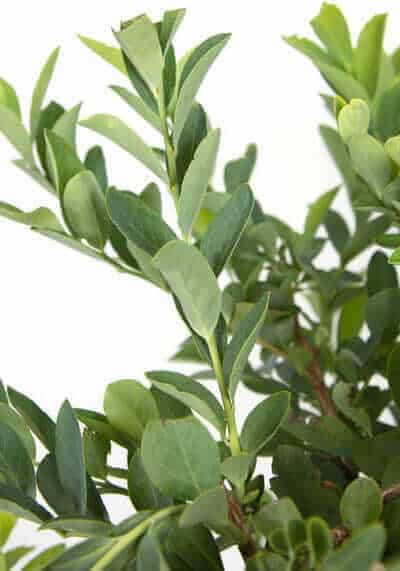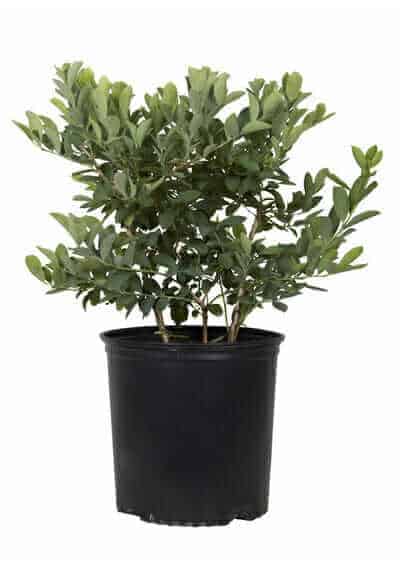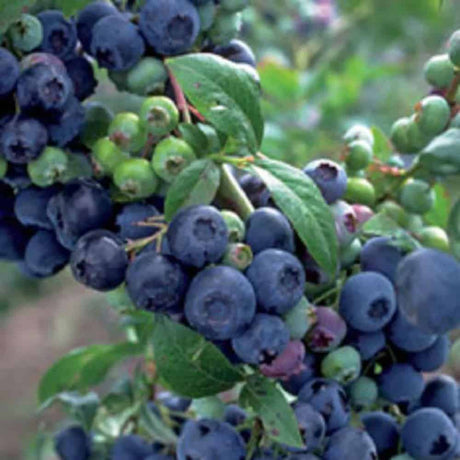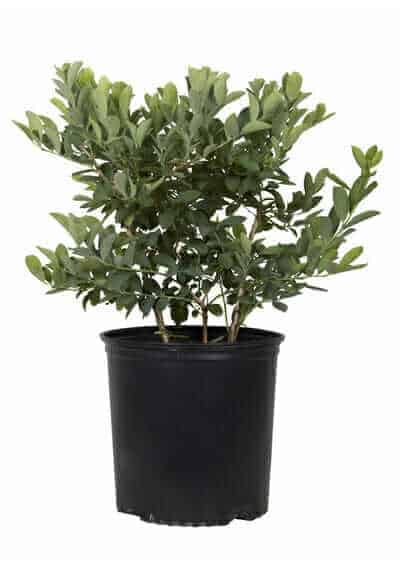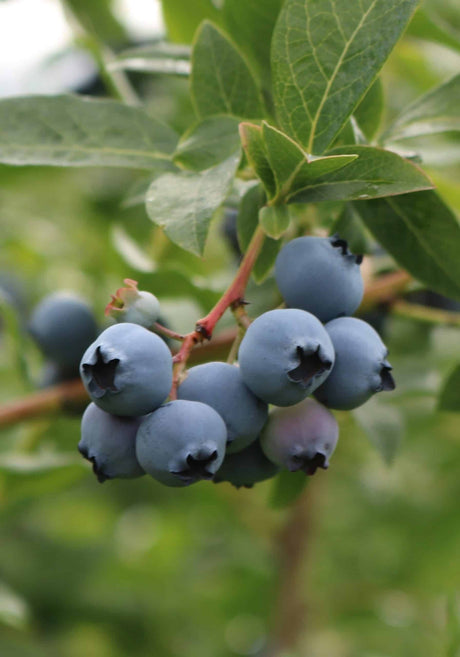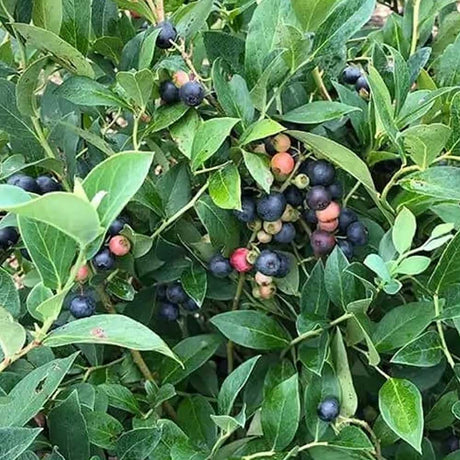FiltersFilter & Sort
- Up to 15% off
Southern Living Plant Collection
Bless Your Heart Rabbiteye Blueberry
From $16.99$19.99Unit price /UnavailableIn stock (1192) Southern Living Plant Collection
From $19.99Unit price /UnavailableIn stock (214)- Sold out
Southern Living Plant Collection
For Heaven's Sake Rabbiteye Blueberry
$19.99Unit price /Unavailable- Sold out
Southern Living Plant Collection
Takes the Cake Rabbiteye Blueberry
From $19.99Unit price /Unavailable


